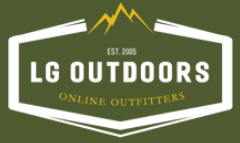Range Limits: Longer Than Ever, But Still Not Unlimited / Extending Your Shooting Range in Practice and in the Field
(Craig Boddington)
In recent years I’ve done more long-range shooting than ever before. Ringing steel with relative ease at a thousand yards is not only fun, but also a huge confidence builder.
Years ago I did a lot of prairie dog shooting, which provides a fantastic opportunity for field practice. The target is tiny, and it doesn’t take much wind to blow the bullet clear off the mound, let alone off the varmint. And since prairie dog country is rarely calm, this is a great way to learn to read wind. If you can consistently hit prairie dogs at a couple hundred yards, big-game animals will pose little challenge at considerably longer distances.
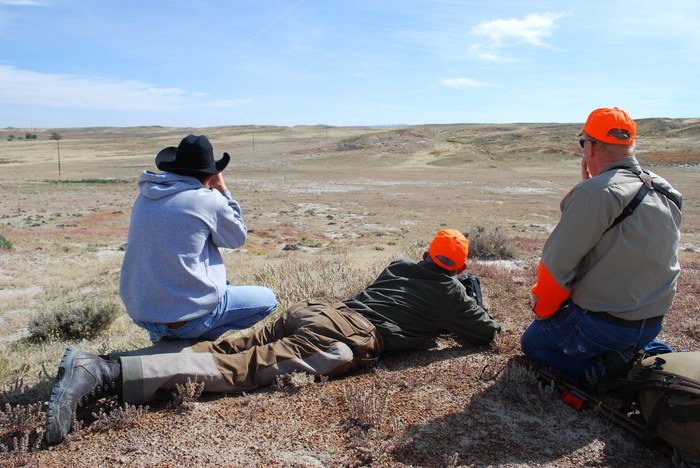
I view range practice similarly. In a range setting, if you can ring steel consistently at 800, 900, or 1000 yards you will gain a lot of invaluable confidence in yourself and your equipment. Shooting targets at extreme range prepares you for field shooting at longer ranges, and shooting at actual distances is the only way to accomplish this. “Extending your range envelope” is a phrase I like. However, I don’t believe ringing steel at long range enables one to ethically shoot at game at similar distances.
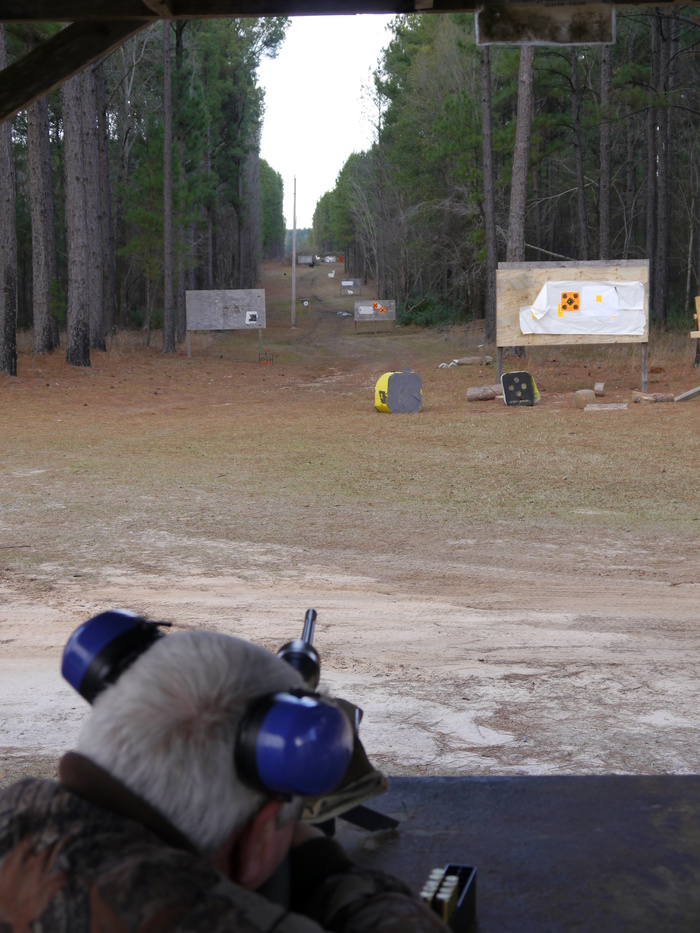
On the one hand, I applaud the current enthusiasm for long-range shooting. As a veteran, I think the celebrity the sniper community now enjoys is wonderful. In previous wars, our use of snipers was sort of a dirty little secret, but today, snipers are “in” and are receiving due credit for some truly amazing and heroic exploits. And all shooters can benefit from this development. Our snipers’ less clandestine employment has led to the development of better optics; better range compensation systems; and more accurate rifles, bullets, and cartridges.
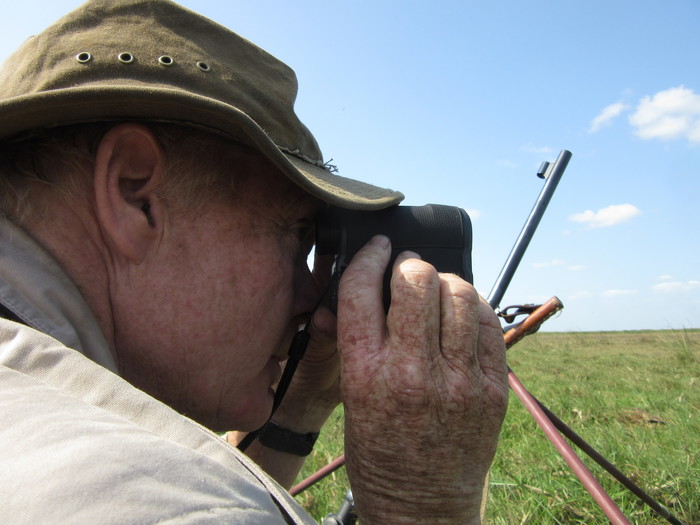
Many of us seek to emulate their marksmanship. On the range this is good (and fun). In the field, though, I’m not so sure. It seems that too many of us have developed the impression that we can replace skill with equipment.
To some extent this is true. When I was a younger shooter we didn’t have rangefinders, so distance was a huge variable in the field. We used to accept that a 400-yard shot was an extremely long poke. Under the typical uncertainties of field shooting that’s still pretty far! Back then, however, we first had to estimate what 400 yards actually looked like, which is never easy and, in unfamiliar terrain, damn difficult. Today, we can use compact, accurate, and inexpensive laser rangefinders to have near-perfect knowledge of range under most conditions. Scratch distance off the list of variables.

We also have far better optics and, on average, more accurate rifles and more consistent ammunition. Trajectories haven’t flattened significantly in my lifetime, though, and will not as long as we use nitrocellulose-based propellants. Unless one sights in absurdly high at short range, the trajectory must be compensated for at longer ranges. No matter what cartridge you’re shooting, this is going to happen on the near side of 400 yards. However, once holdover is required, trajectory is just a number. From printed ballistics charts to smart-phone apps to on-board computers, we have a lot of ways to know that number, and a lot of ways to properly adjust for the range.
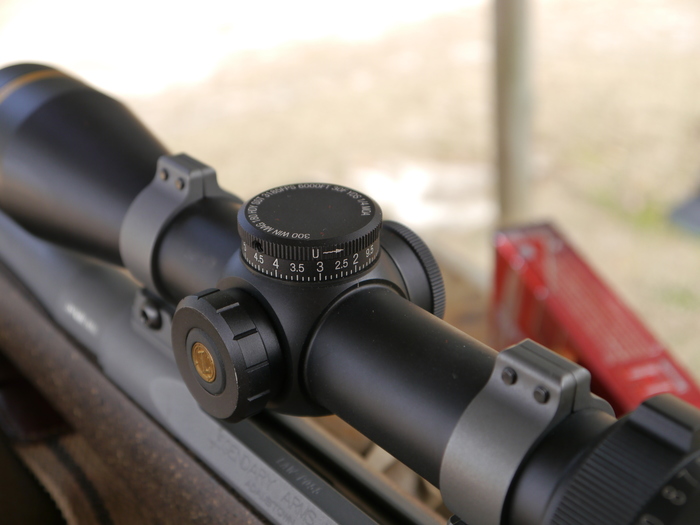
I would never suggest that 400 yards constitutes a “chip shot” at game under field conditions. However, with decent equipment—and knowledge and skill in using that equipment—this is now a range envelope well within reach. This is also a distance at which, under many circumstances, it is possible to learn to read the wind with adequate accuracy.
I’m not suggesting that 400 yards is a limit for ethical shooting at game. For hunters who lack the time, inclination, or access to ranges that allow practice at such distance, it’s too far. But under certain conditions of light, shooting position, and strong or unstable winds it’s too far for anyone, even those hunters who possess some combination of determination and skill that allow shooting with confidence at greater distances. An important part of the acquisition of such skill lies in knowing when the conditions are right, and when they are not!

Wind is always a huge variable, but as distance increases it becomes increasingly important. The amount of wind near the shooter can be judged and measured, but it may not be the same at the target or at various points between target and shooter. Remember, features of the terrain can channel and change air currents. At Tim Fallon’s SAAM shooting school in the Texas Hill Country, we’ve done “smoke bomb” tests that show the smoke blowing several different directions between shooter and target over broken ground and deep canyons.
Then you get to what is, to me, the crux of the matter. Military sniping is one thing. Any hit counts. One doctrinal mission of snipers—to “break up troop formations and demoralize the enemy”—doesn’t even require actual hits. Ringing steel at long range is one thing. It’s fun, and so what if the hit is on the edge of the plate? The plate isn’t going anywhere, so adjust the hold and try again.
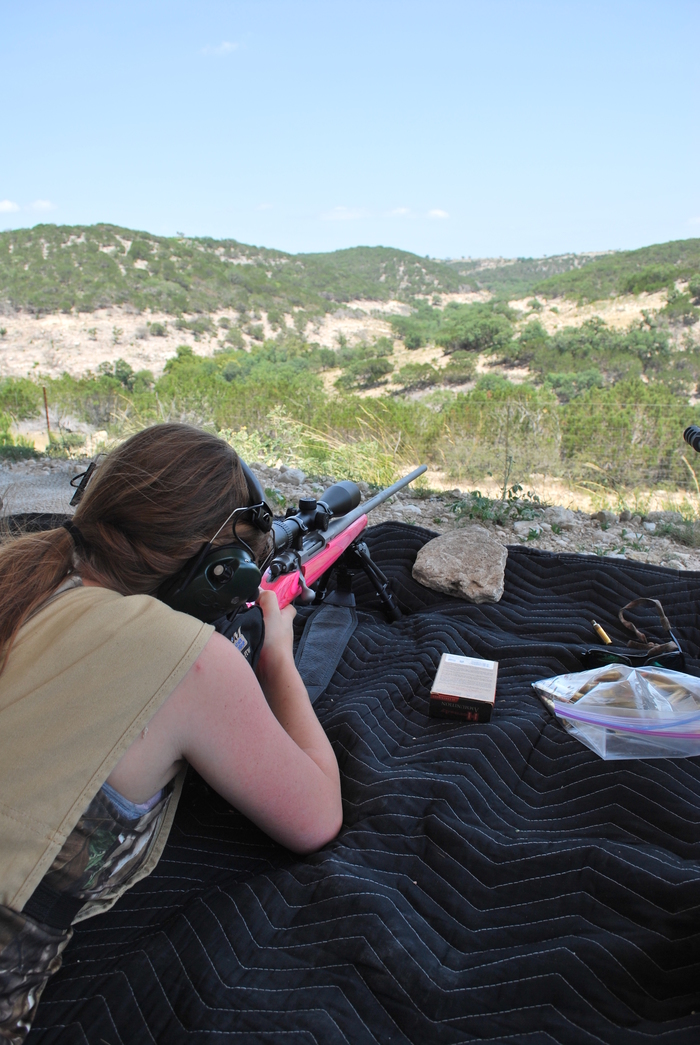
When shooting at game, however, near misses don’t count and marginal hits are far worse than near misses. The concept of ethical hunting is to place the first shot into the vital zone of the animal, resulting in a quick and humane death and a certain recovery. None of us accomplish this with every single shot at any distance, but we try.
Near misses aren’t adequate, and at longer ranges the challenges increase. It isn’t just a matter of reading wind. Even when it’s perfectly calm and we have the steadiness and equipment we need to make an accurate shot, other variables are still at play. As distance increases, velocity drops, reducing bullet energy and altering bullet performance. Recognizing hits or misses becomes more difficult, so no matter what you think you saw, it’s mandatory to go look. Finding the spot where an animal was standing can be tough at a couple hundred yards away, and it’s a lot more difficult at two or three times that distance. The buddy system helps, but you’d best not attempt a long shot with limited daylight remaining.
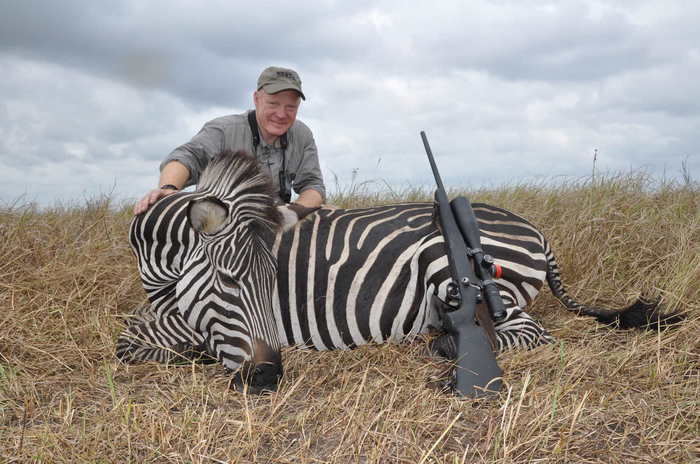
The decision to take a shot is a personal decision that must be evaluated every single time, taking all variables into consideration. I know how to ring steel at much longer ranges than I would ever shoot at a game animal. This is valuable; having a large range envelope on the range gives me a larger range envelope in the field. However, the two maximum distances—range and field—don’t have to be the same and probably shouldn’t be, even if conditions are perfect.
I concede that there are plenty of shooters who are better at long-range shooting than I am. Genuine students of the art who have put in the time can, without question, take game with confidence at greater distances than I would be comfortable attempting. So it’s impossible to put a number on how far is “too far.”
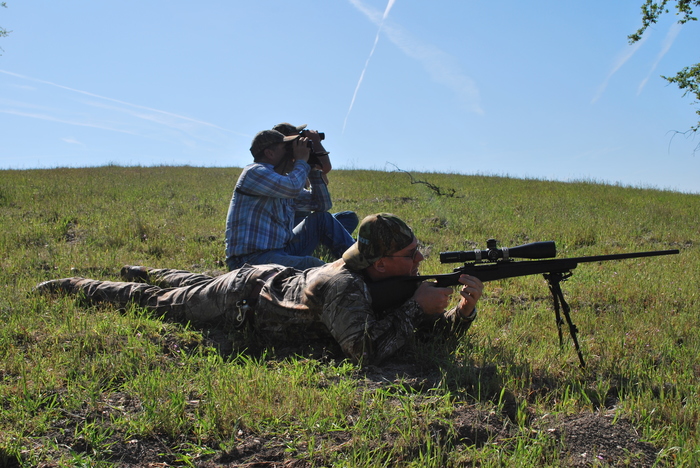
That said, I’m appalled at some of the shooting distances on game that I hear bandied about these days. For me, the risk of wounded animals is simply too great, and thus unacceptable. And, no, I don’t believe that all of the shots I’ve seen on TV were edited exactly as they happened!

Like so many shooters today I greatly admire the shooting our snipers (and our allies’ snipers) have done in the field. Emulating their feats poses a worthy challenge on the range, but military sniping and ethical hunting are simply not the same. It’s important to consider all the variables—wind, velocity, your personal skill, etc.—before deciding whether to take a long-range shot. When hunting, only the hunter can decide how far is “too far.”
Craig Boddington is one of today’s most respected outdoor journalists. He spent the past forty years exploring our natural world as a hunter and sharing his knowledge and experiences in dozens of books and through thousands of published articles and essays. He’s a decorated Marine, an award-winning author, and continues to be a leading voice for conservation and ethical hunting around the world.
For autographed copies of Craig’s books please visit www.craigboddington.com.
